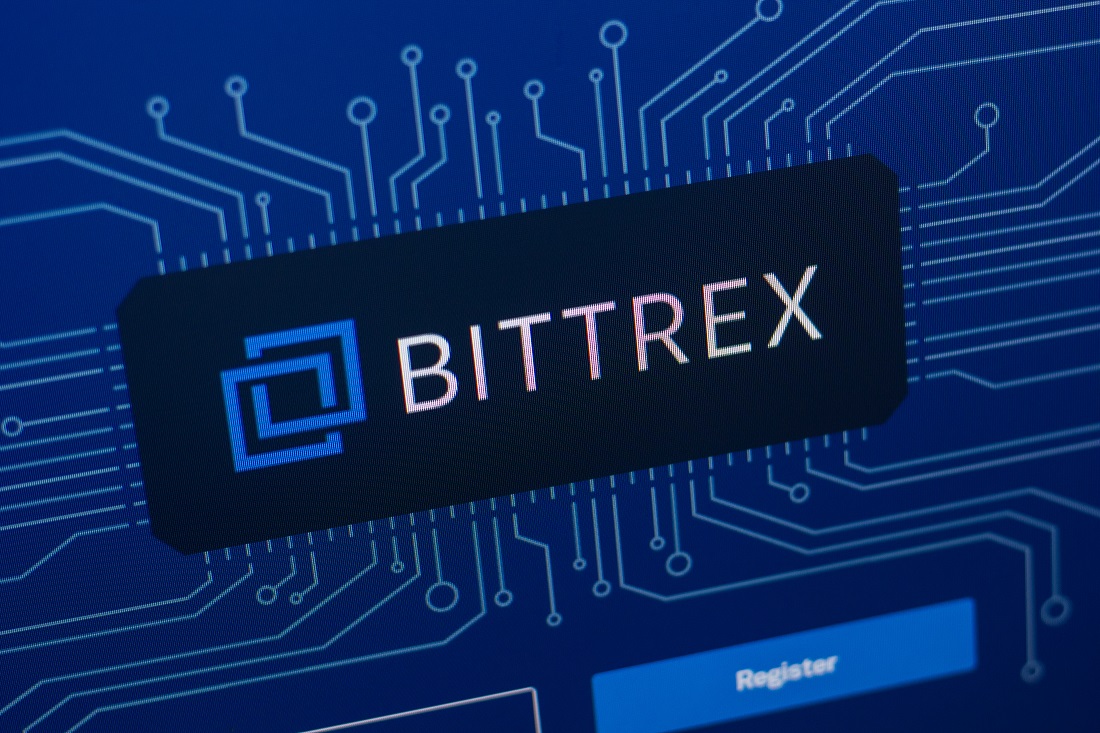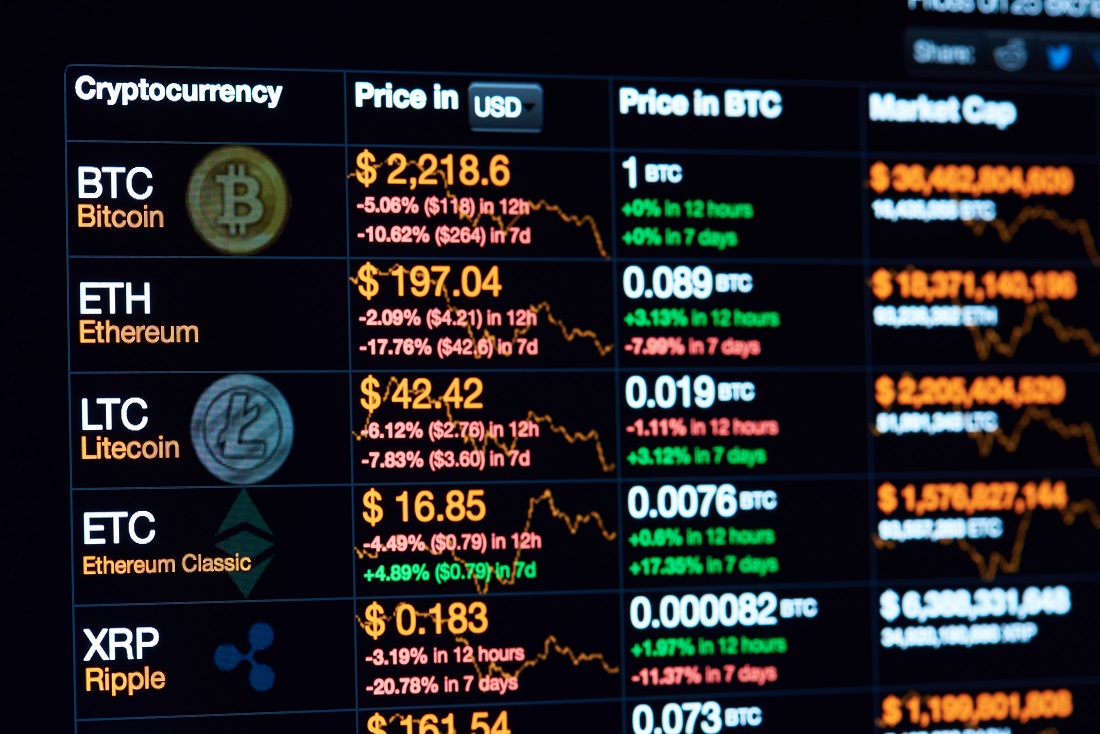2019-3-20 18:26 |
To help give customers better insight into how their trading strategies compare to others on Poloniex, we analyzed—and visualized—the buyers-to-sellers ratio across all assets listed in 2018. The results are below and demonstrate the way network effects, new listings, and other “events” drive volume.
This is the first in what will be a monthly blog from Poloniex’s data science team and is part of our effort to continuously improve the features, assets, and insights available to customers like you.
A quick note on methodology
The data displayed was taken directly from Poloniex and was limited to the Bitcoin base currency pairs for the period between January 1, 2018 and December 31, 2018. The ratio of buyers to sellers was calculated using the number of distinct traders on each side of that market during the given month. For example, if a trader bought an asset with BTC and later sold that asset for BTC during a single month, then they would be included as both a buyer and a seller.
New markets and other events tend to influence the buyers-to-sellers ratio
The colorful chart below shows that, given the market gyrations of 2018, few assets had consistent buyer-to-seller ratios. There are a lot of factors that influence the buyers-to-sellers ratio but here are three:
New markets become available for an asset. For example, when Coinbase announced its intention to list Ethereum Classic (ETC) in June, the buyer-to-seller ratio shifted toward sellers. This is likely because traders had been anticipating the listing since the DAO hack and had been waiting to sell on this news.
An asset previously untradeable can now be traded. Listing an asset, especially in instances where Poloniex was the first to list or early to list it (POLY, NMR, FOAM, QTUM, for example), tends to immediately tilt the buyers-to-sellers ratio in favor of buyers as investors seek to get into an asset early. The ratio tends to balance out after the first few months of trading.
Broader market dynamics. Sometimes there’s no single event to shift the buyer-to-seller ratio; instead broader market trends influence whether there are more buyers or sellers across a range of assets.
Newly listed assets tend to have a higher buyers-to-sellers ratio, with some exceptions
These line charts show the buyers-to-sellers ratio for assets from the moment they’re listed on Poloniex and provide a window into how the crypto community reacts to a specific token.
Most assets start with a high buyer-to-seller ratio with a few exceptions. The Bitcoin Cash hard fork in November prompted a lot of volume. Poloniex was the first exchange to offer trading before the fork and as the chart below shows, the fork began with sellers outpacing the buyers.
Why? The uncertain future of the BCH fork likely drove traders to convert to another asset and sit out the volatility.
-The Poloniex Team
origin »Allion (ALL) на Currencies.ru
|
|









